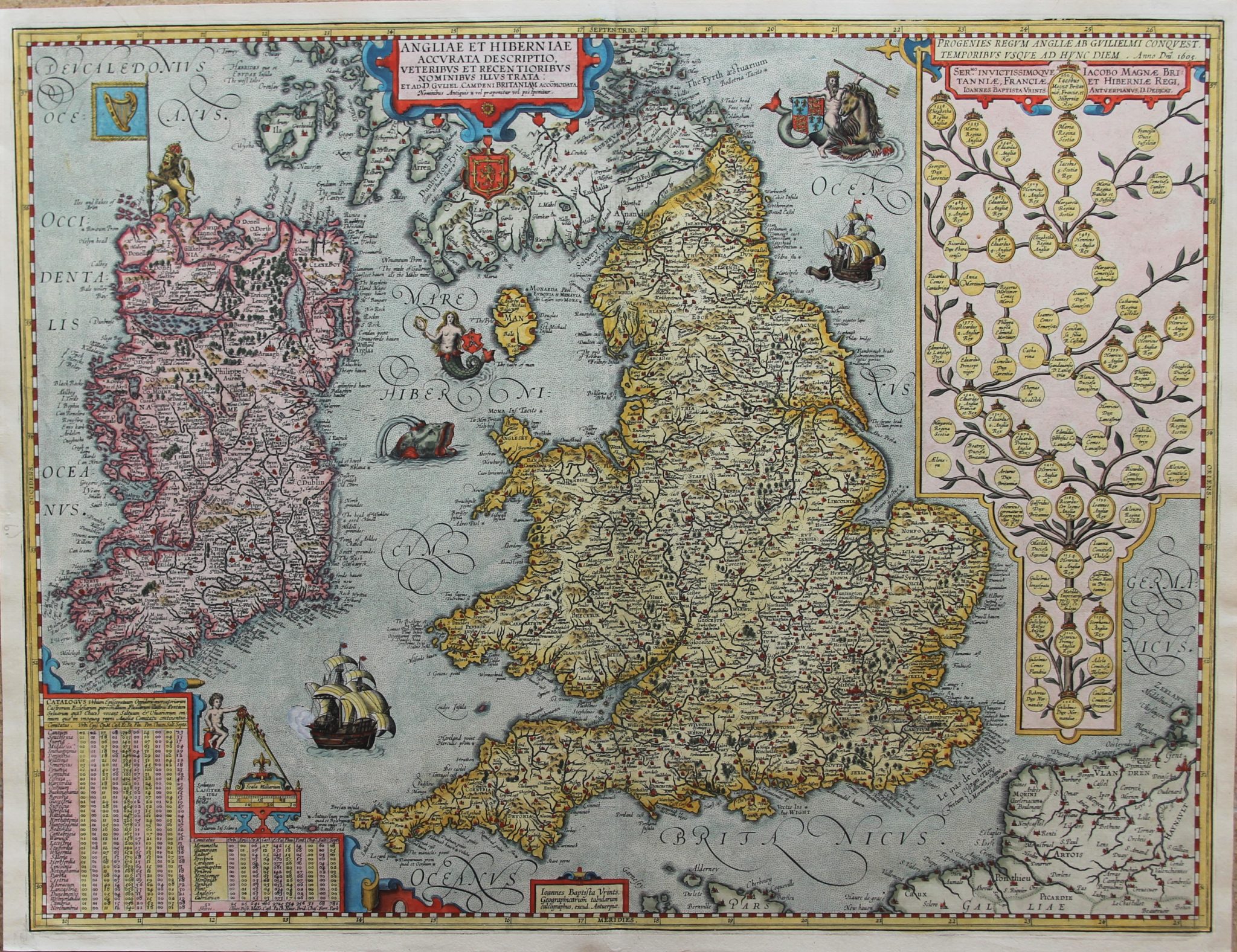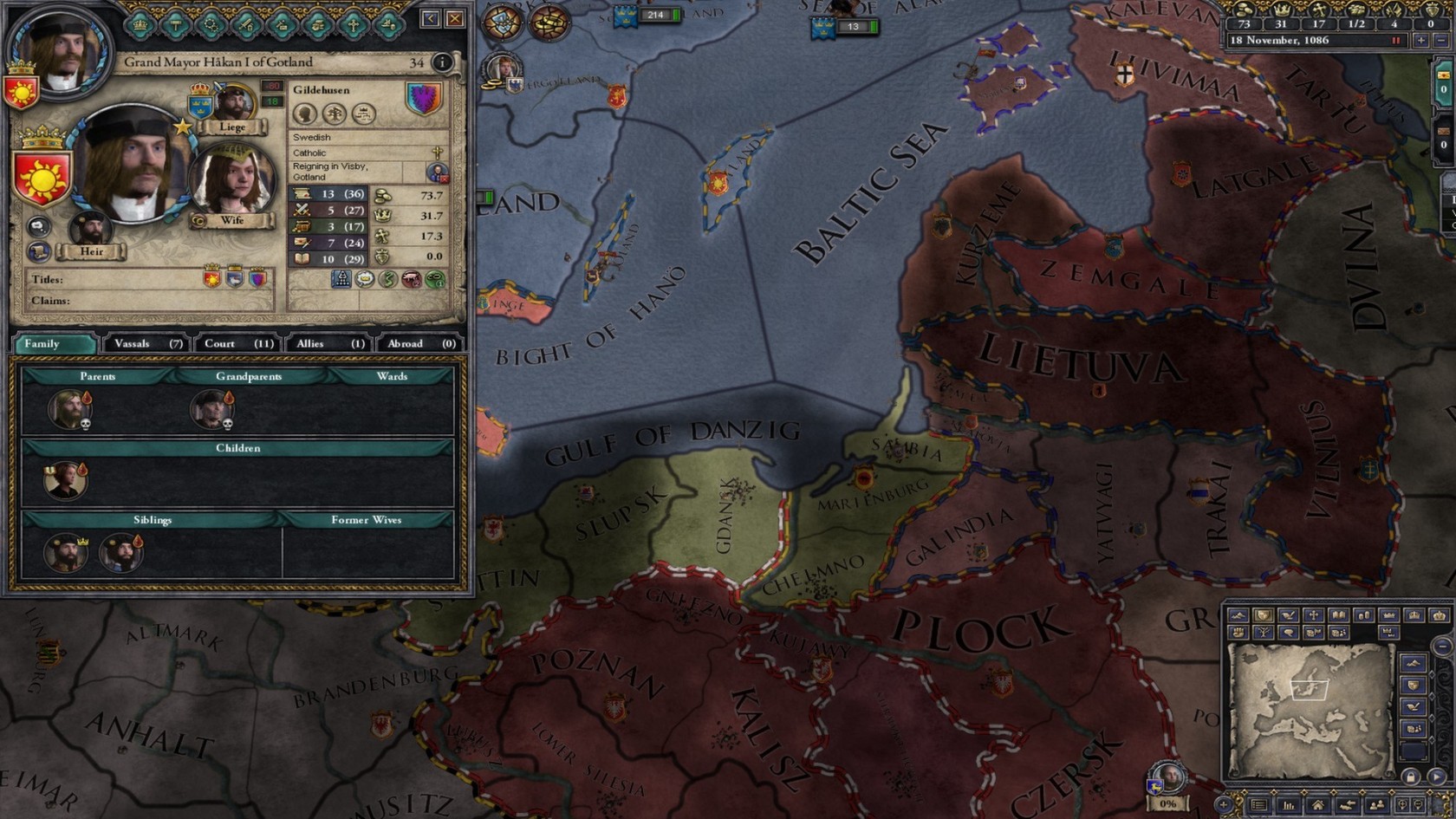
This is followed by the bibliography ( Catalogus Auctorum), an index ( Index Tabularum), the maps with text on the back, followed (starting from 1579 in the Latin editions) by a register of place names in ancient times ( Nomenclator), the treatise, the Mona Druidum insula of the Welsh scientist Humphrey Lhuyd (Humphrey Llwyd) over the Anglesey coat of arms, and finally the 'privilege' and a colophon.

From 1579, the editions contain a portrait of Ortelius by Philip Galle, an introduction by Ortelius, in the Latin editions followed by a recommendation by Mercator. Then a reference to Philip II, King of Spain and the Low Countries, and a poem by Adolphus Mekerchus (Adolf of Meetkercke). They started with an allegorical title page, on which the five known continents were presented by allegorical women, with Europe as the Queen. Structure Title page from a 1606 edition with female figures representing the continentsĪll the editions had the same structure. įrom the 1630s, the Blaeu family issued their work under a similar title, Theatrum orbis terrarum, sive, Atlas Novus. The 1573 Additamentum to the atlas is notable for containing Humphrey Llwyd's Cambriae Typus, the first map to show Wales on its own.

In the preface Ortelius credits Franciscus Hogenberg with engraving nearly all the maps. The legends of most maps name the author whose map Ortelius adapted. The online copy of the 1573 volume held by the State Library of New South Wales contains 70 numbered double-page sheets, tipped onto stubs at the centerfold, with six maps combined with descriptive letterpress on the recto of each first leaf. From its original seventy maps and eighty-seven bibliographic references in the first edition (1570), the atlas grew through its thirty-one editions to encompass 183 references and 167 maps in 1612. The naming and location coordinates were not normalized.Īfter the initial publication of Theatrum Orbis Terrarum, Ortelius regularly revised and expanded the atlas, reissuing it in various formats until his death in 1598. This work by Ortelius, consisted of a collection of the best maps, refined by himself, combined into one map or split across multiple, and on the same size (folios of approximately 35 x 50 cm). Also for the Africa map he referred to Gastaldi. of the Mercator map of Scandinavia (1539) by Olaus Magnus, map of Asia was derived from his own Asia-map from 1567, which in turn was inspired by that of Gastaldi (1559). Among the sources the following are mentioned: for the world map, the World Map (1561) by Giacomo Gastaldi the porto Avenue of the Atlantic coast (1562) by Diego Gutierrez, the world map (1569) of Gerardus Mercator, which have eight maps derived from the Theatrum. This list grew in every Latin Edition, and included no less than 183 names in 1601. In the bibliography, in the section 'Catalogus Auctorum', not only were the 33 cartographers mentioned whose work was recorded in the Theatrum (which at the time was not yet customary), but also the total of 87 cartographers of the 16th century that Ortelius knew. This was the first time that the entirety of Western European knowledge of the world was brought together in one book. In addition to the maps he provided a descriptive comment and referrals on the reverse. In the Ortelius atlas, however, the maps were all in the same style and of the same size, printed from copper plates, logically arranged by continent, region and state. Previously, groupings of disparate maps were only released as custom lots, to individual order.

The atlas contained virtually no maps from the hand of Ortelius, but 53 bundled maps of other masters, with the source as indicated. The publication of the Theatrum Orbis Terrarum (1570) is often considered as the official beginning of the Golden Age of Netherlandish cartography (approximately 1570s–1670s). The Ortelius atlas is sometimes referred to as the summary of sixteenth-century cartography. Written by Abraham Ortelius, strongly encouraged by Gillis Hooftman and originally printed on in Antwerp, it consisted of a collection of uniform map sheets and supporting text bound to form a book for which copper printing plates were specifically engraved. Theatrum Orbis Terrarum ( Latin:, "Theatre of the Lands of the World") is considered to be the first true modern atlas.


 0 kommentar(er)
0 kommentar(er)
